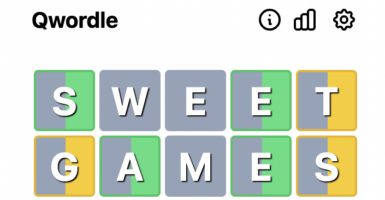Take A Trip Back In Time With These 24 Vintage Photos That Show How Grocery Stores Used To Look
The grocery store has almost always been a part of American life. In the past, they may have been called provisions or general stores, but there have always been places for people to purchase goods. One of the best ways of tracking changes in American life is to look at the way they shopped, and when one looks at pictures of older grocery stores, it’s clear that life has really changed. Here are a number of ways it has. Continue reading to see more.
Transportation Was Certainly Different
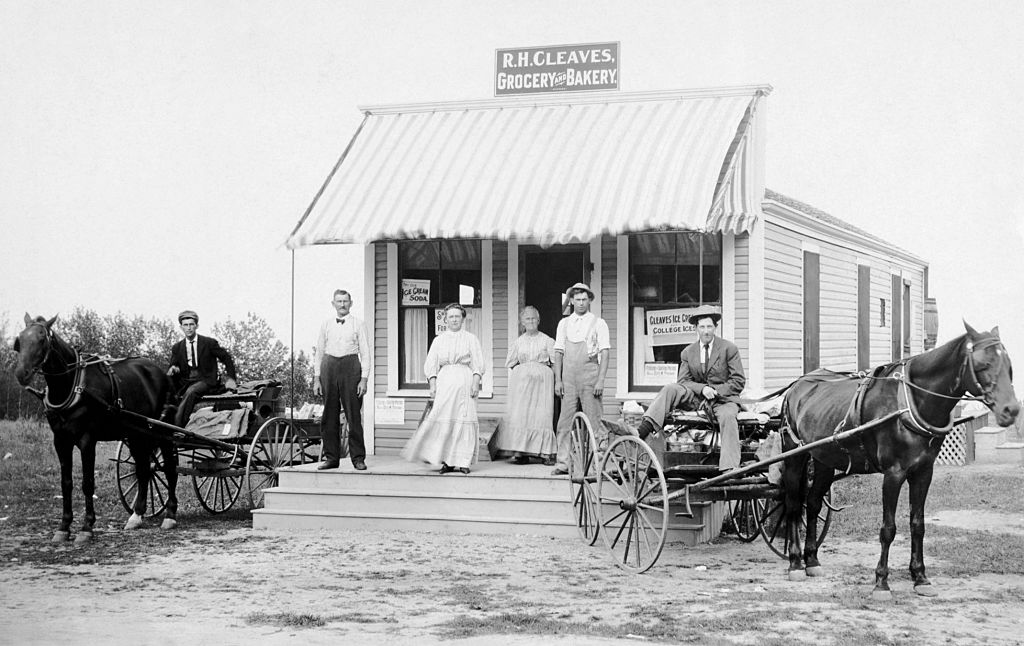
When making a trip to the grocery store, you better have a big vehicle to get home in. Of course, sometimes you have to go to the store for just one thing, but generally, people buy in bulk to save themselves the extra trip.
Today’s grocery shoppers might pack all their things in a minivan or an SUV, but things were a bit different way back in the day. In the 18th and early 19th century, a horse and buggy were typically needed to provide ample room for everything you might need. Imagine stepping over horse droppings to go get your food!
The Clerks Were Dressed To The Nine
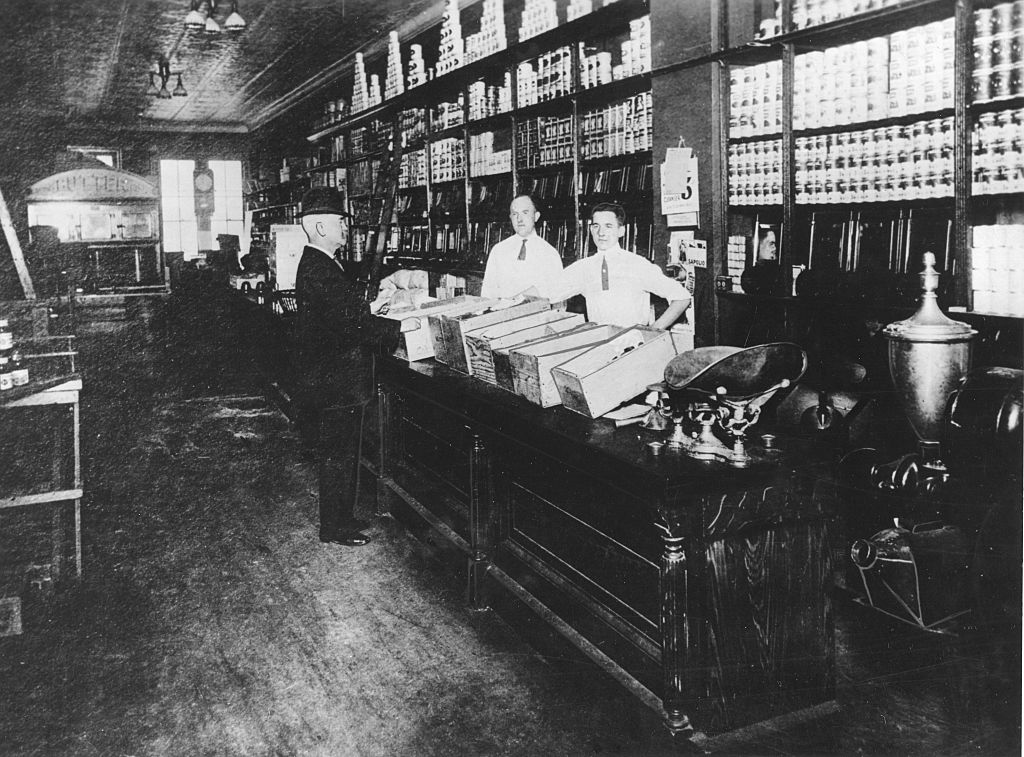
Regardless of whatever grocery store you choose to visit these days, it is more likely part of a major chain. And just like any chain business, the staff is usually outfitted in a uniform specific to that store.
But back in the past, the clerks were dressed a bit differently. Just like, perhaps, a bank, the people behind the register wore shirts and ties. Their professional outfits were then covered with an apron to ensure they stayed clean.
They Offered A Bit Of Everything
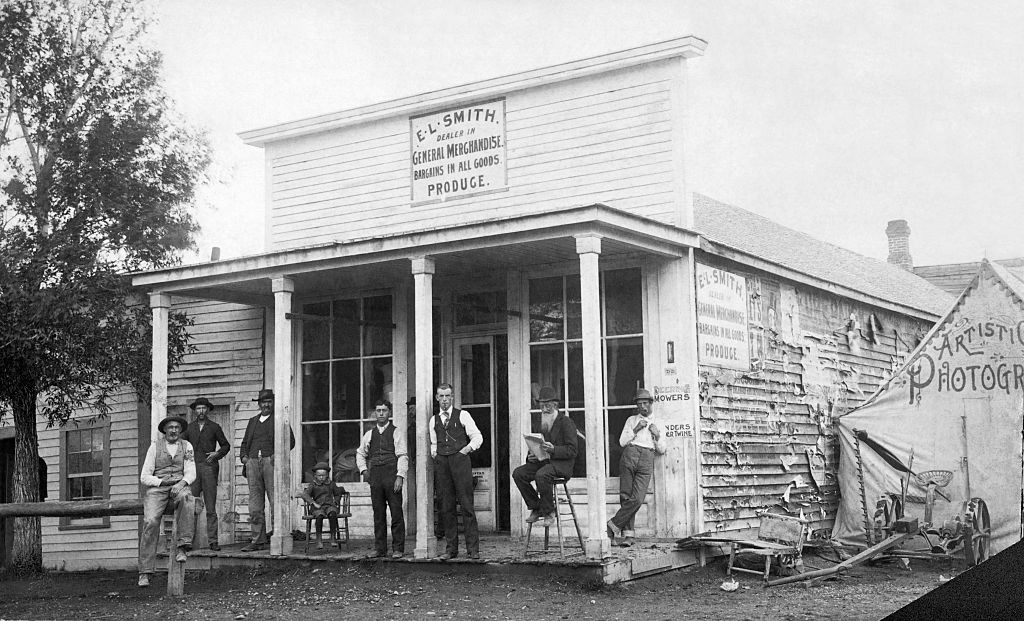
Today, the goods that we purchase can come from stores that specialize in particular products. Some establishments only sell olive oil, baking supplies, or even spices from around the world for people who are looking for something specific.
In the 19th and early 20th century, however, there wasn’t this kind of broad specification. The general store had its name for a reason and was where shoppers could get everything they need for the coming week. Imagine a smaller version of a Target but with supplies from the time.
Going To The Store Was A Big Deal

For a lot of people today, going to the grocery store is seen as a chore more than anything else. Rarely do people primp themselves before visiting the store, and people’s style usually consists of the clothes they wore to work that day or whatever they were wearing lounging around in at home before finally convincing themselves to go.
However, back when modern grocery stores became more popular, people wouldn’t be caught dead in a grocery store looking like they just got out of bed. Similar to how people used to dress for air travel, folks went to the supermarket dressed to impress.
Paying The Bill Was A Lot Different
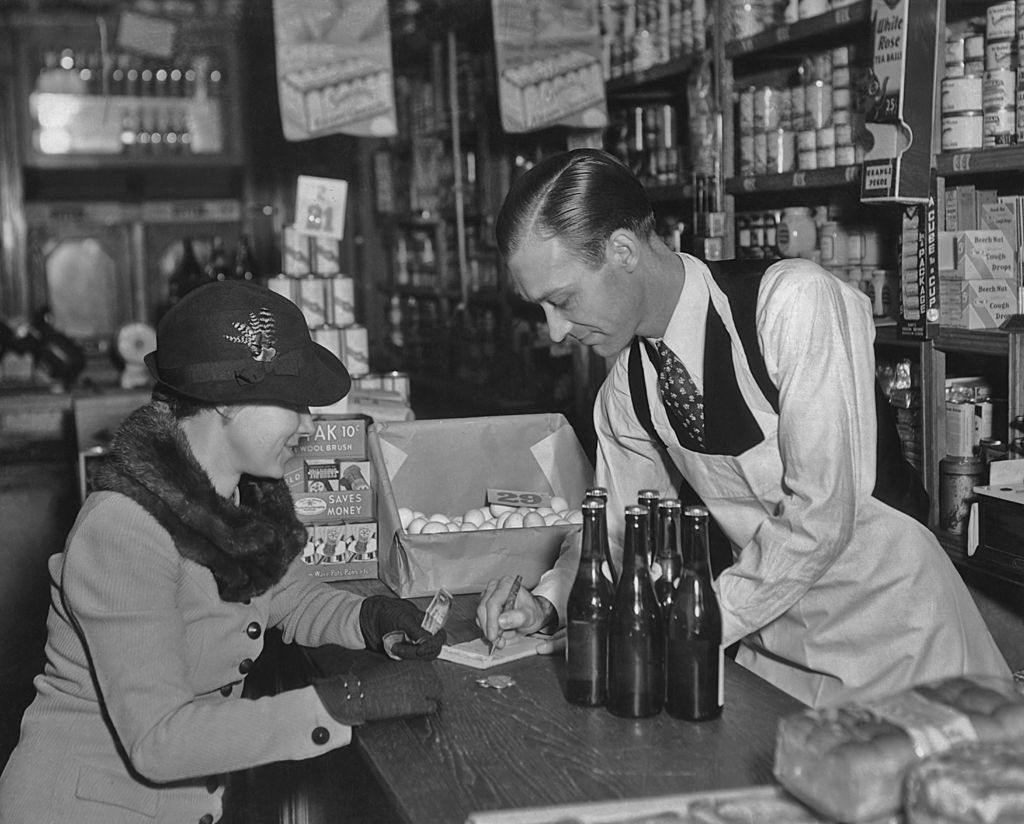
The way you pay your tab at the grocery store changes every few years. In the ’80s, you could have paid with checks; in the 2000s, you put your credit card in a reader; and today, you can scan and pay for your groceries without ever having to talk with the clerk.
But back in the 1940s, it was a bit different. When items were brought to the counter, the prices were calculated by hand, and the customer would most likely pay with cash.
Lots Of Products Were Displayed Outside
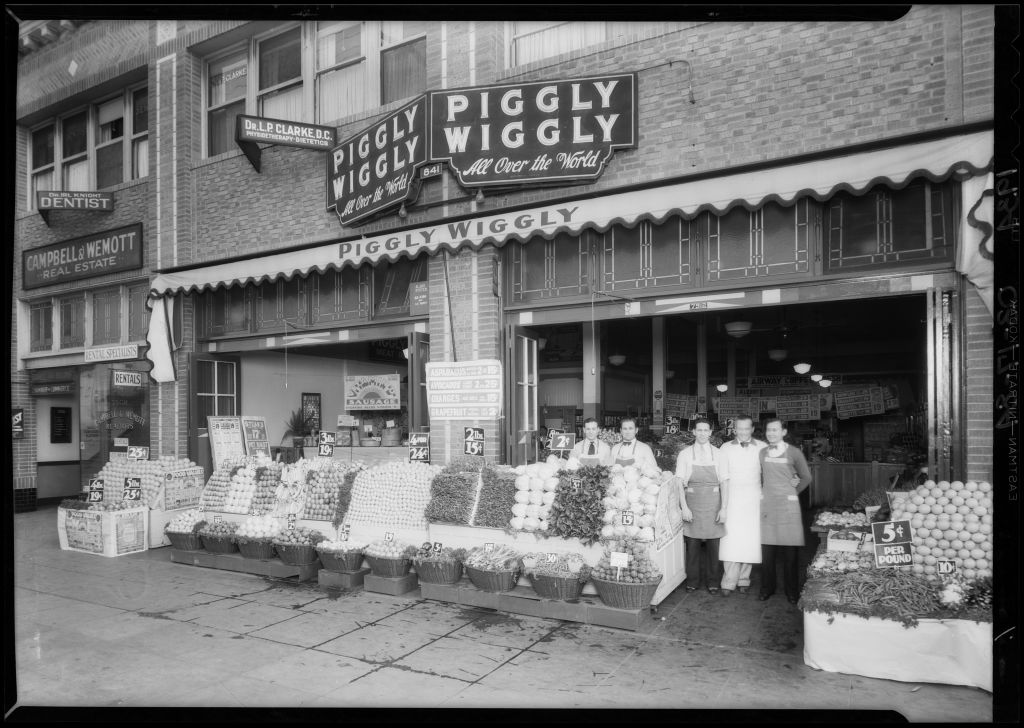
When you go to the supermarket today, certain items may be located outside of the building. Although these are typically things that would likely remain outside like plants, patio furniture, or other outdoor equipment.
In the early-to-mid 20th century, it was commonplace to see the entire produce section of a store displayed on the street. This practice helped to maximize indoor space, attract potential customers, or allow those passing by the opportunity to purchase something on the go.
Marketing Strategies Were Different, Too
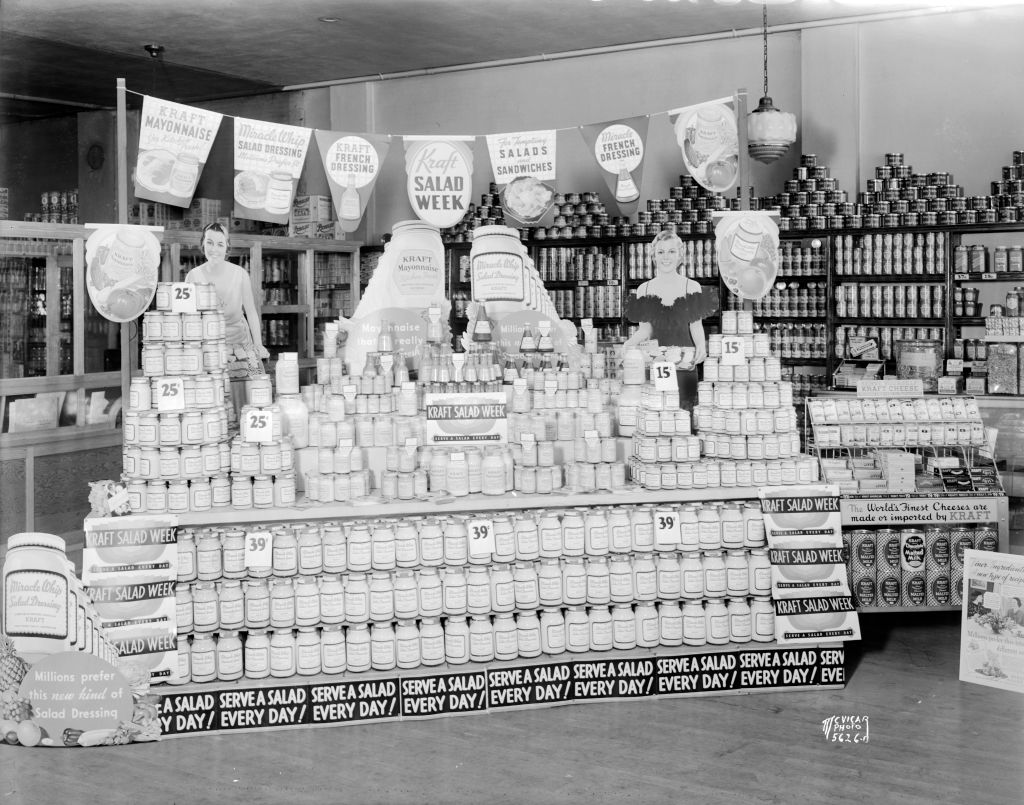
It was much more difficult for brands to market their products back in the 1930s and 1940s. There was far less television advertising, so marketing was mostly done in the paper and over the radio. When a brand did a display in the store, it was really eye-catching.
This is a different story with how stores market their products today. The makers of products blast their goods all over television and the internet, even personalizing advertisements for individuals. In addition, supermarkets have deals with brands concerning everything from discounting to shelf placement.
Some Markets Let You Fill Up

Groceries stores in the 1930s and 1940s could be profoundly different depending on where they were located. If you lived in New York City, you might have multiple places where you could shop for provisions within a few blocks.
If you lived in smaller, more rural communities, though, the market might have had to wear a couple more hats. Many of these stores, to offer full convenience, also had gas pumps where you could fill up your car. Like an early version of Costco!
All The Bottles Were Glass

The stores of the 1940s and 50s didn’t feature products that were anywhere near as mass-produced in plastic as they are today. This meant that the items on the shelf, for the most part, didn’t look as uniform as they do today.
This mainly applied to containers that held fluids, as most of them were made of glass. Today, however, glass has been replaced by plastic to reduce cost and increase production. Interestingly, due to the negative environmental impact of plastic, many of these items are being stored using glass once again.
Milk Was Not A Popular Item
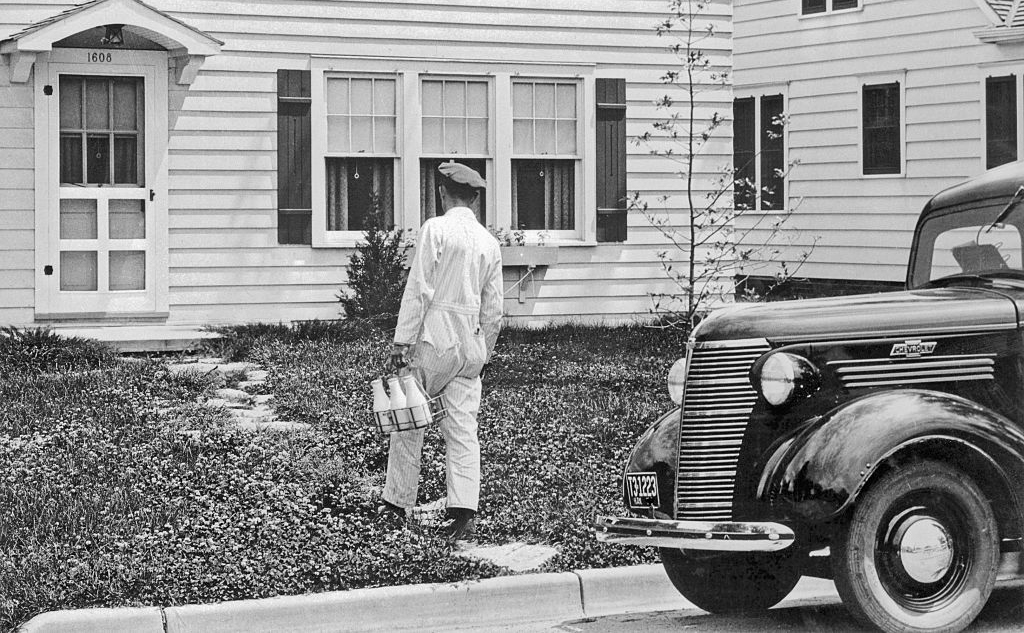
When most people think about the staples that one buys at the grocery store, they usually think of bread, milk, and eggs. While in the middle part of the 20th-century, bread and eggs were still popular, milk wasn’t.
This is because milk was acquired in a much different way back then. Back then, many consumers had the product delivered via a milkman. By 1963, only about 30% of customers used a milkman, and by 1975, that number was down to 7%.
Shoppers Clipped Their Coupons

Before people went grocery shopping in the 1950s and 60s, many people would check their daily newspaper for a circular. This circular would contain coupons that could be clipped and redeemed at the store for deeper discounts.
While certain markets still produce and redeem coupons, that practice has mostly been discontinued. Most stores will provide regular shoppers with a discount card they can keep on their keyring. Other markets have apps that customers can use at the checkout.
It Was A Hub For The Latest Gossip
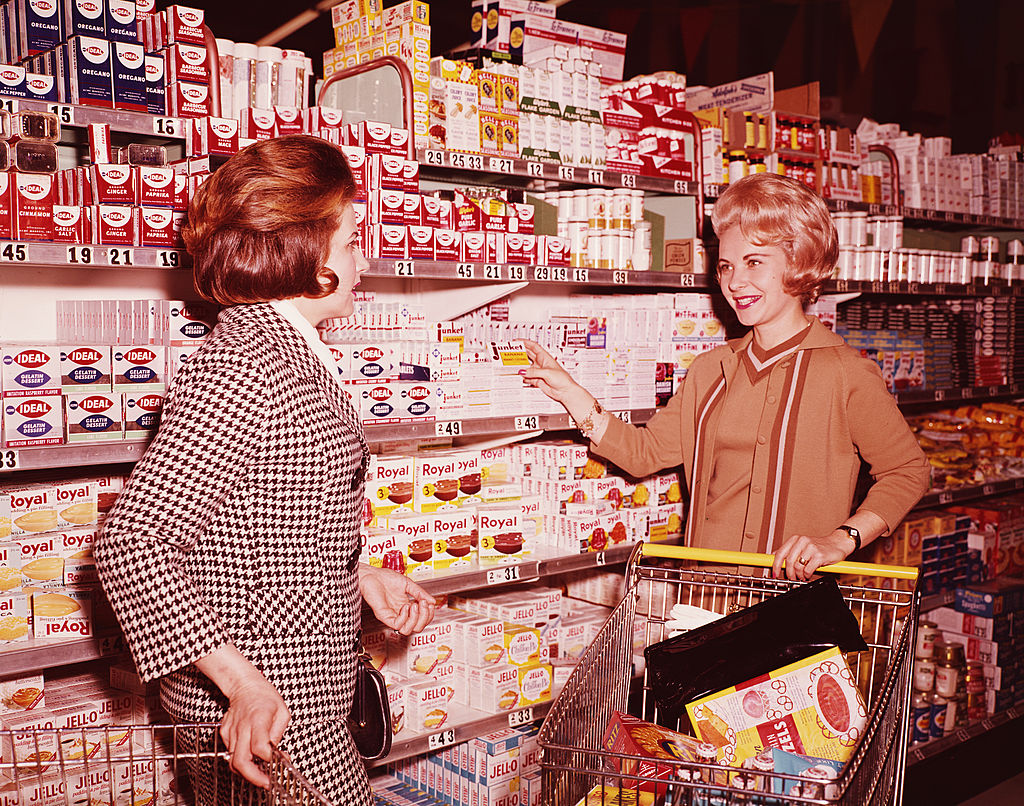
Sitting at home all day while the kids went to school could be a bit boring for suburban housewives. Luckily enough, there was somewhere to go where you could not only be social and also check something off their to-do list.
In many small towns and suburbs, the supermarket represented an important meeting place for its inhabitants. Not only could you grab your goods, but you could also hear about what’s going on with the new family in the neighborhood.
The Lines Could Be Brutal
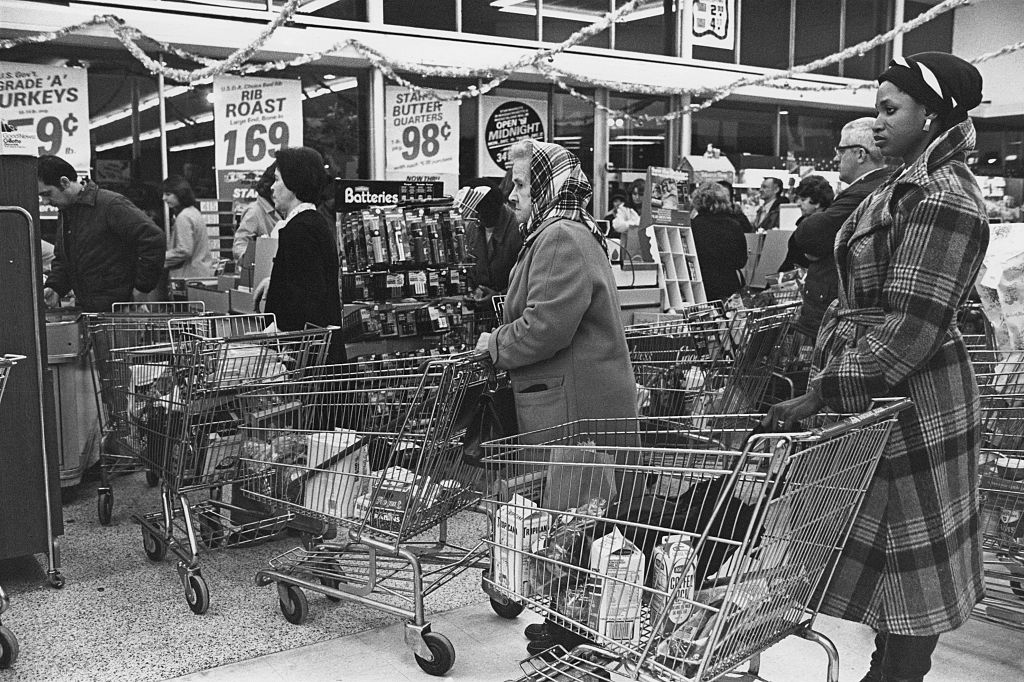
Today’s grocery stores are focused on hyper convenience. You can check out with a cashier, ring yourself up, or even have groceries delivered to your door!. When you pay, you can use cash or a credit card, but very few people pay with time-consuming checks.
Back in the day, plenty of checks were being written, and there was only one option to check out. Plus, the sheer volume of people led to plenty of long lines at the registers. With people needing to get their groceries regardless, they were in for a long wait.
Cereals Were Nowhere Near As Exciting
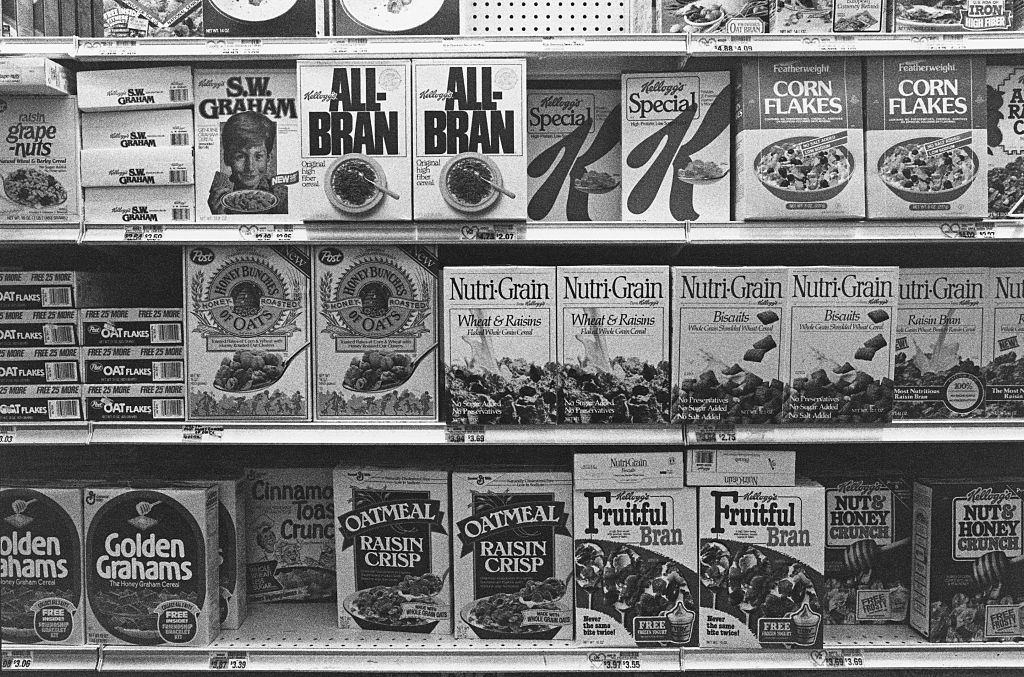
What was your favorite cereal when you were a kid? Odds are it was something like Trix, Fruity Pebbles or maybe even Cap’n Cruch: Oops All Berries. Not only were the cereals delicious, but most of them also came with a special prize inside.
The cereals of the ’40s and ’50s were nowhere near as fun. Your choices were usually focused on grain, or wheat or bran. And the boxes certainly didn’t have toys on the bottom.
The Products And Diets Were Way Different
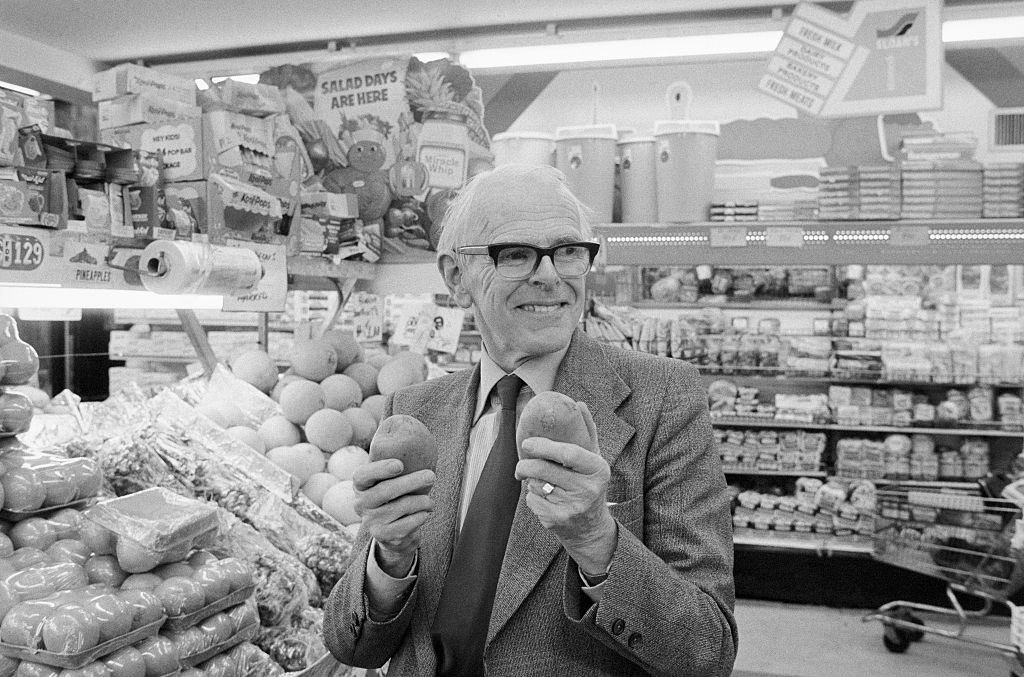
The way people eat has changed drastically throughout history. Even just a few decades back, people’s diets were much different than they are today. Back in the 1930s and 40s, people weren’t so concerned with their nutrition and ate most foods with little thought on how it could be negatively affecting them.
Then, when the 1970s and 80s came around, there was a significant influx of foods that were marked Diet or Lite of Fat-Free. And today’s grocery stores look significantly different now, with Americans looking to eat foods that apply to specific diets such as keto, veganism, and vegetarianism.
Say Goodbye To Variety
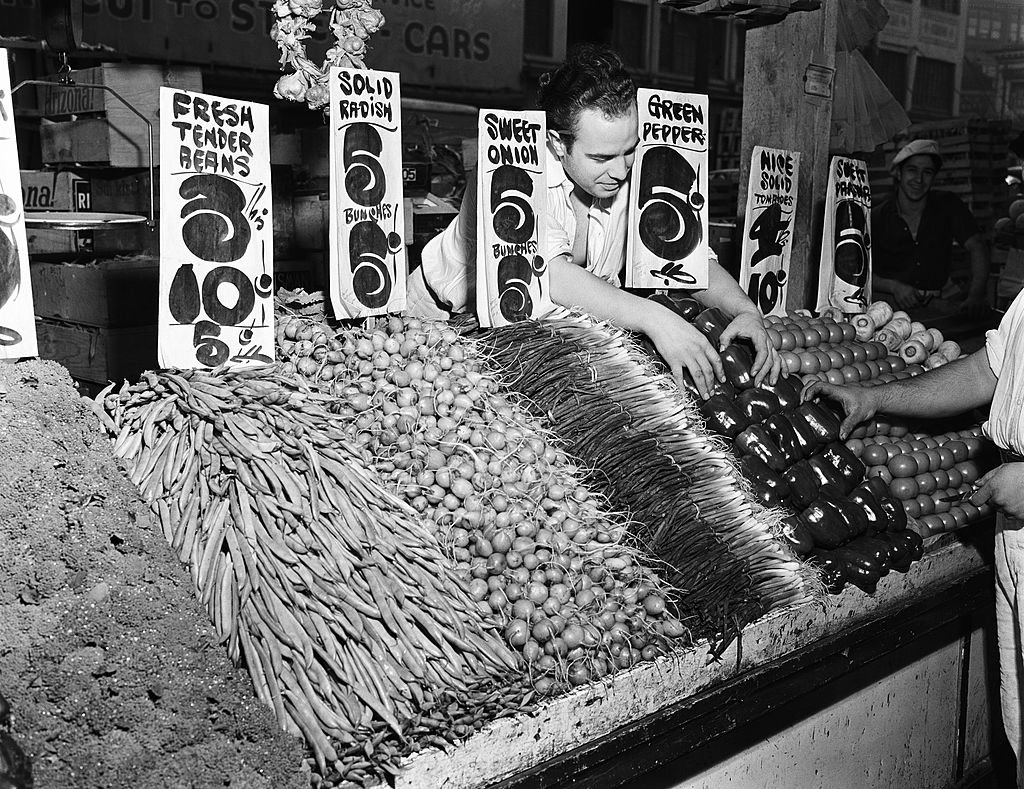
Back in the 1940s and 1950s, people cooked their food as a means to put food on the table, unlike many people today who consider it a hobby. Sure, some dishes were enjoyed than others, but for the most part, there wasn’t much joy in the cooking aspect.
Things then started to change thanks to Julia Child and her cooking shows and books. Today, there are entire TV networks dedicated to cooking. And as such, today’s supermarkets feature much more variety when it comes to ingredients.
How About Those Prices
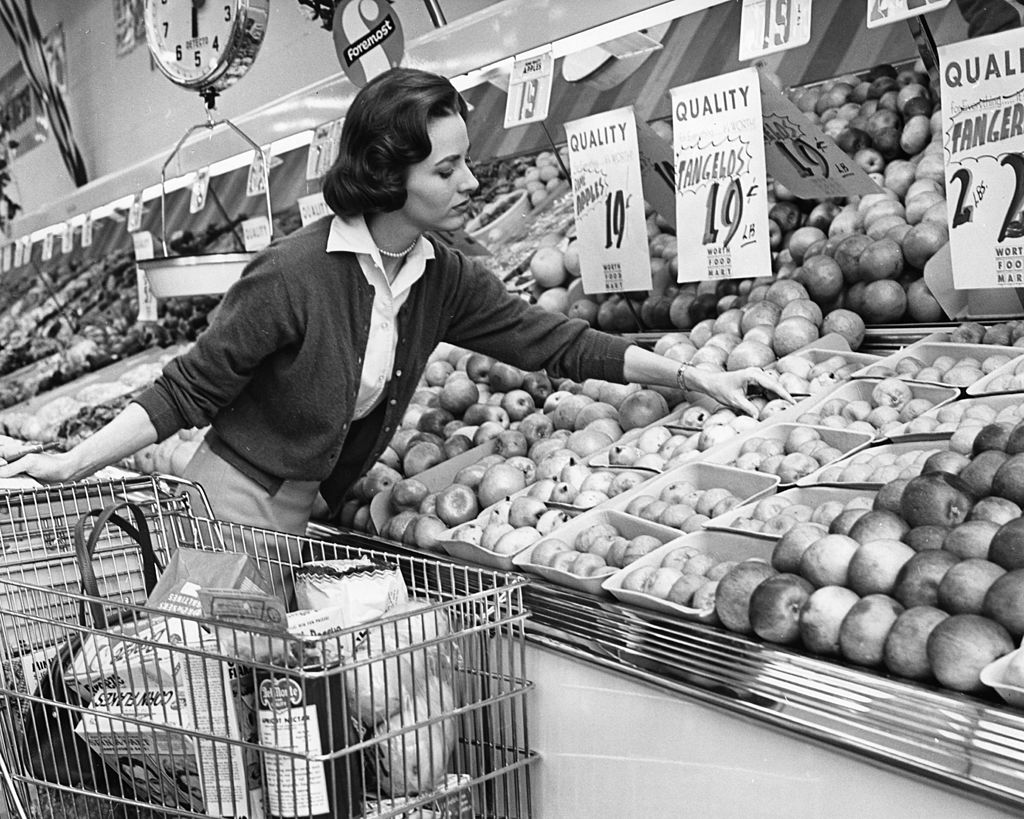
One thing you may notice while looking at pictures of old grocery stores is the incredibly low prices. In 1946, you could buy a carton of a dozen eggs for .64, and in1947, a pound of chicken would only run you .55 cents.
Prices are much higher today, as the country has gone through several periods of inflation, but that still doesn’t mean anything is cheap!. Today a pound of chicken breast would cost a little over $3.00, and an organic carton of eggs could run $5 or $6!
Protest Signs During War Time
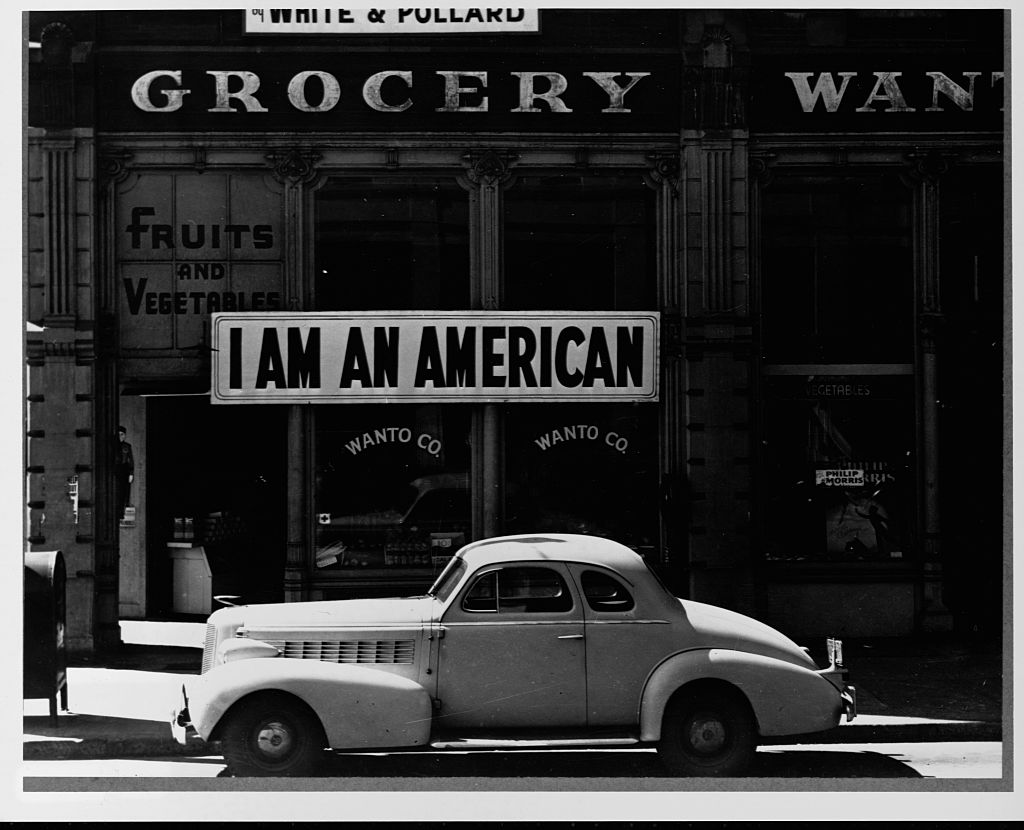
The day after the Pearl Harbor attack, December 8, a sign declaring “I am an American” went up in a Japanese-owned grocery store. During this time, anyone of Japanese descent was taken from their homes and placed in Internment camps in various areas on the west coast.
This particular store was owned by the Matsuda family, who utilized their right of Freedom of Speech in their shop window. The grocery store was closed after the evacuation orders were given. Today, such a store would switch ownership instead of closing for good.
There Were No One-Stop Shops
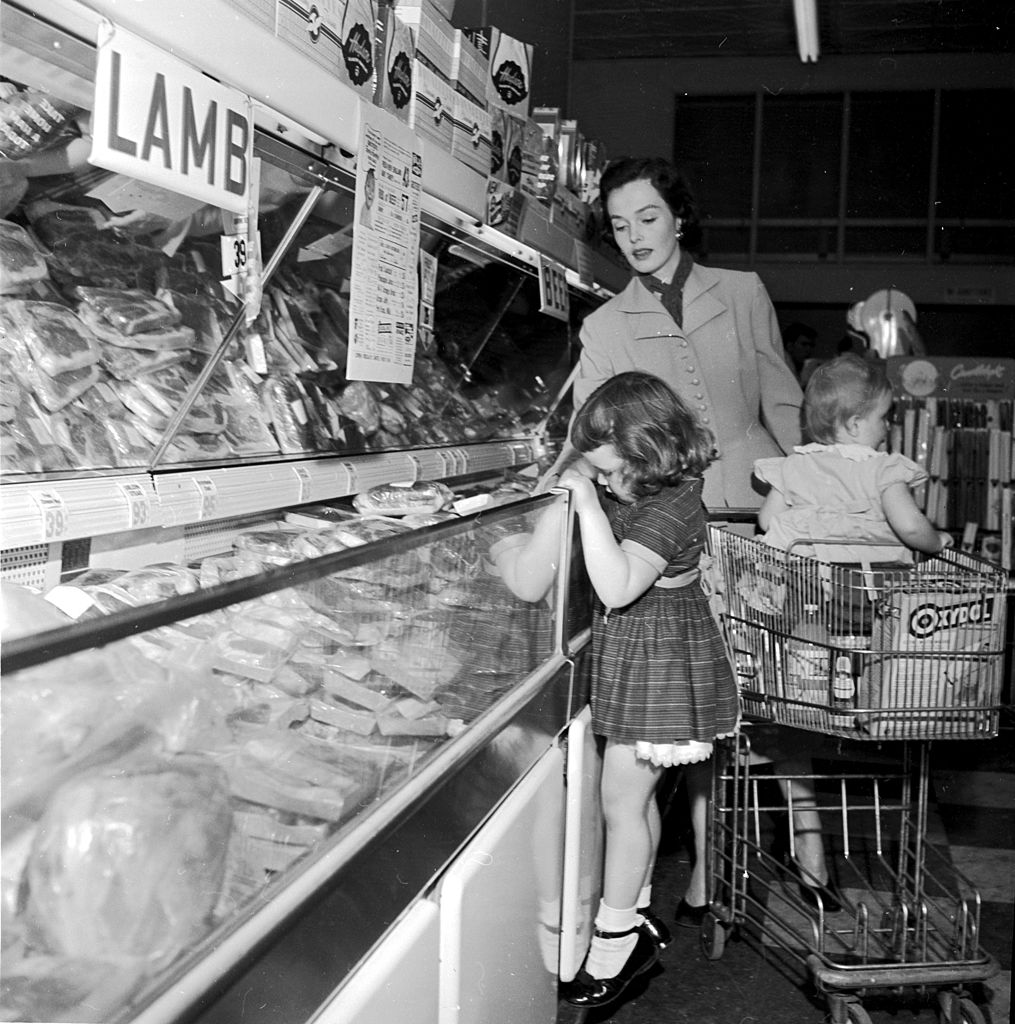
When supermarkets first came around, the streets would be lined with various stores. The “greengrocers” is where a shopper would go for their produce; then, there was the butcher, dairy shop, fishmongers, and grocers who sold solely dry and canned foods.
Today, people would go broke ordering take-out before they had to walk along a street to various shops. The practical application of a one-stop-shop store didn’t become popular until much later, in 1930, when King Kullen opened. It’s credited as the first supermarket.
All The Essentials Minus Meat And Produce
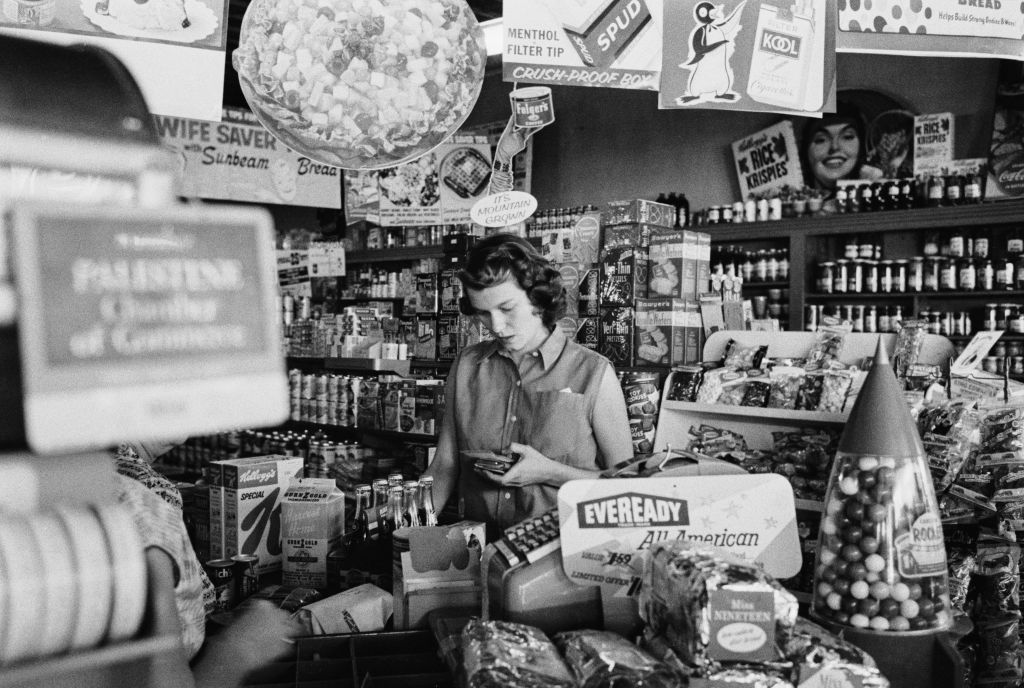
During the 1920s, more chain grocery stores were popping up around the country. People didn’t have to go to various shops anymore unless they wanted some fresh produce and meat. For items such as those, people still had to frequent their local butcher or farmer.
All in one shops started to pop-up within the next two decades. It was more and more common to see grocery stores catering to everything someone needed to make a nice meal in the kitchen.
Prizes If You Bought Enough Of One Product
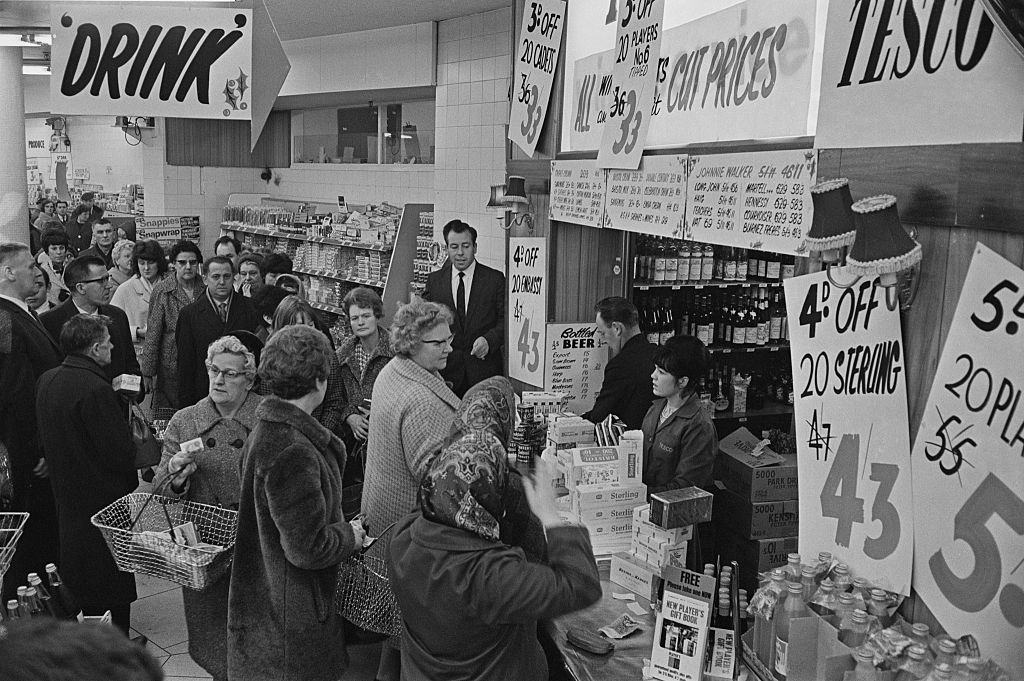
If a shopper was lucky enough, they would win a prize at the grocery store, such as a bike or new pan for the kitchen. This happened by entering raffles at the store! It was a way to bring the community together and allow one lucky household to go away with a new toy, kitchen item, or something else for the household.
Now, the only raffles people see are those at sporting events. There aren’t typically huge raffles being hosted at grocery stores anymore.
People Helped Carry Out Groceries
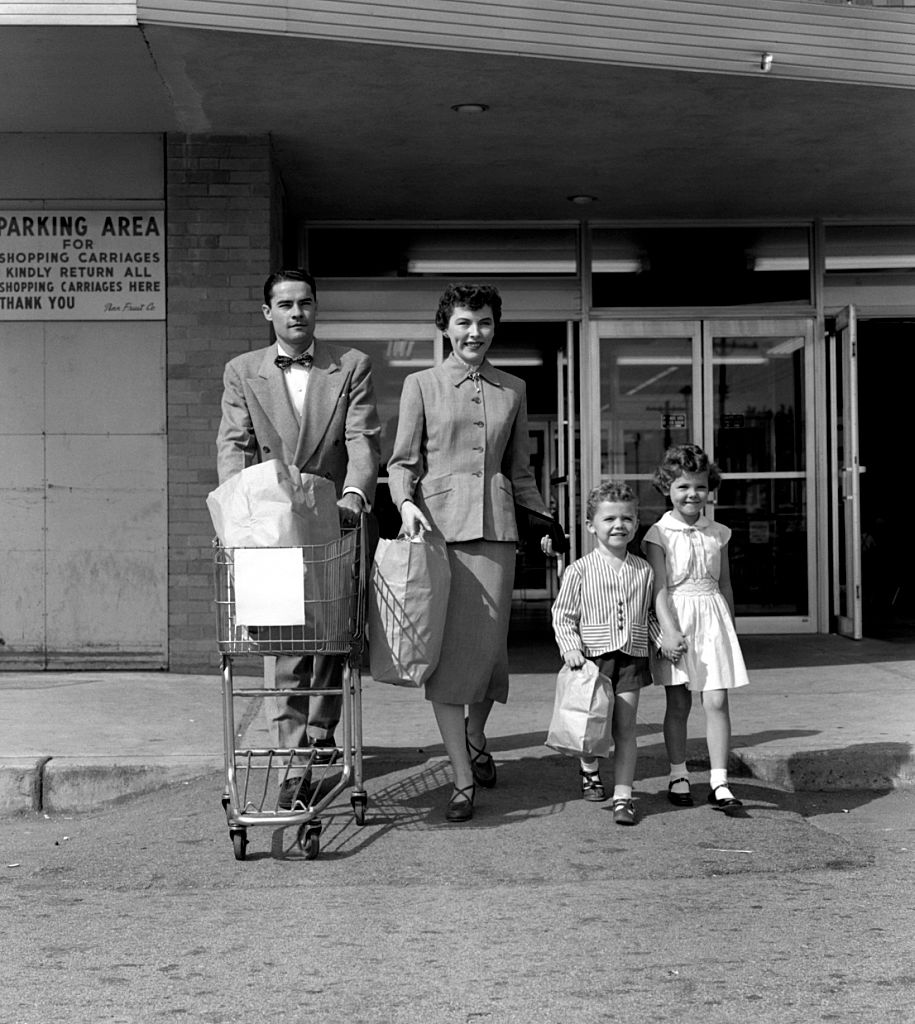
Back in the good old days, supermarket employees offered to carry groceries out to a shopper’s car. People would like to say it was due to the time because everyone was brought up to be super polite during the 50s.
The fact is, groceries will still help bring bags out for people, just not everyone. While grocery shopping used to be a stereotypical job for the lady of the household, now, that is not the case. Men will go grocery shopping but they aren’t offered, while elderly folks are frequently being helped.
Free Things Were Offered Daily
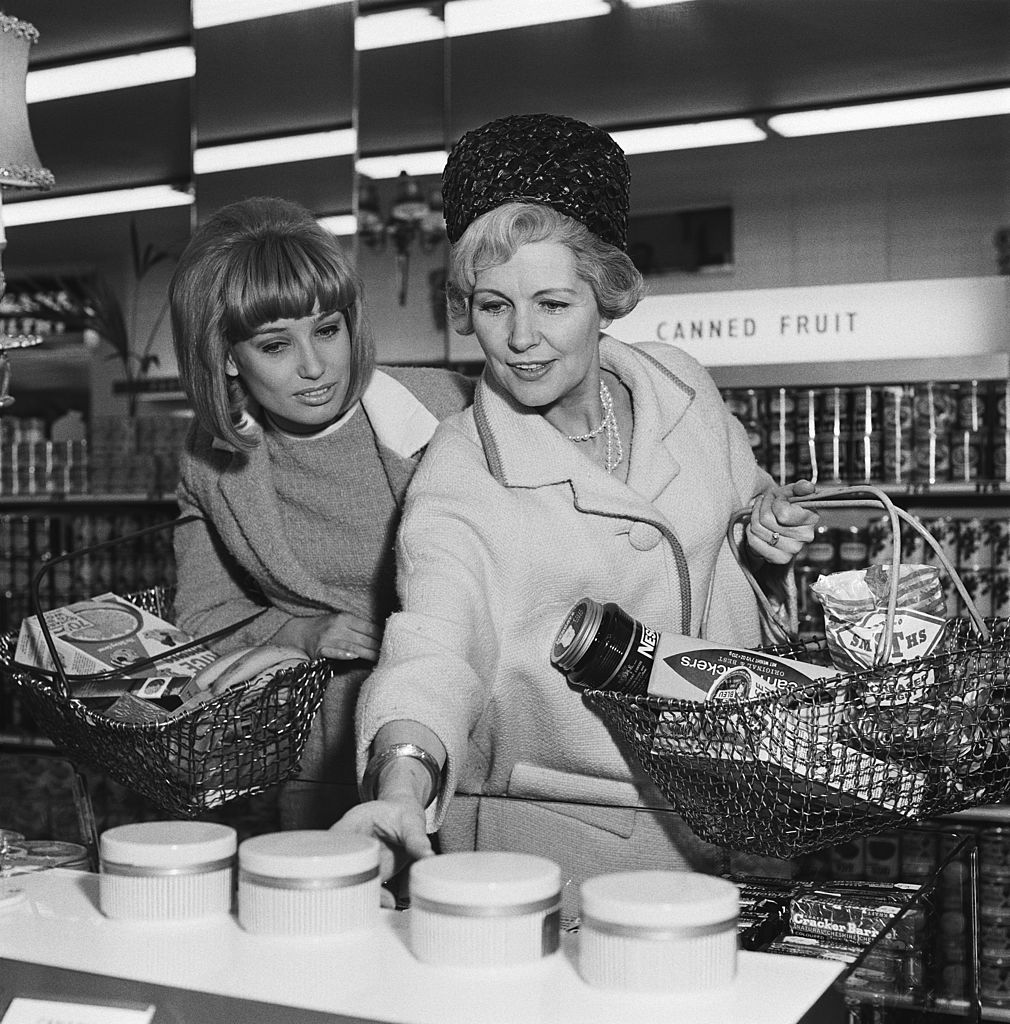
Once Upon a time in the 50s, if a shopper bought enough of one product then they would be eligible to get something for free. For example, there was a time if someone bought a specific brand of soap week after week then a free set of china was coming their way.
In the 21st century, the only way to get free items is if you buy one then you get the second one free. And that’s a special sale!

